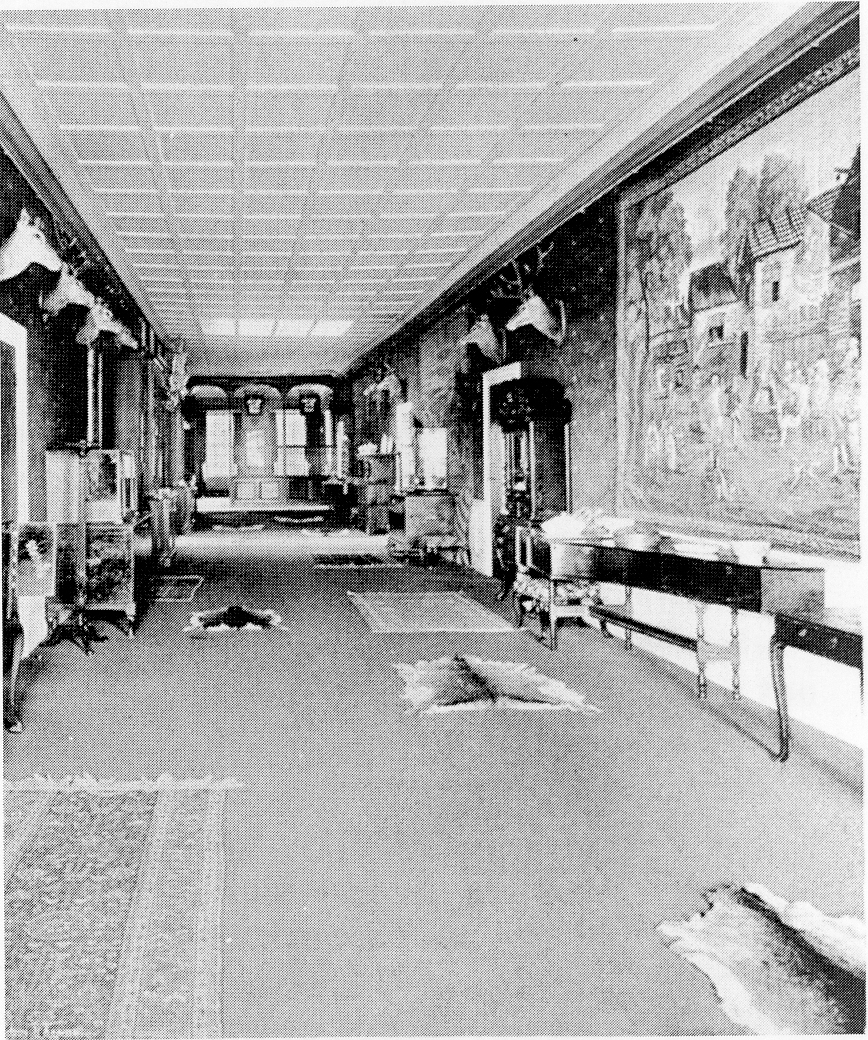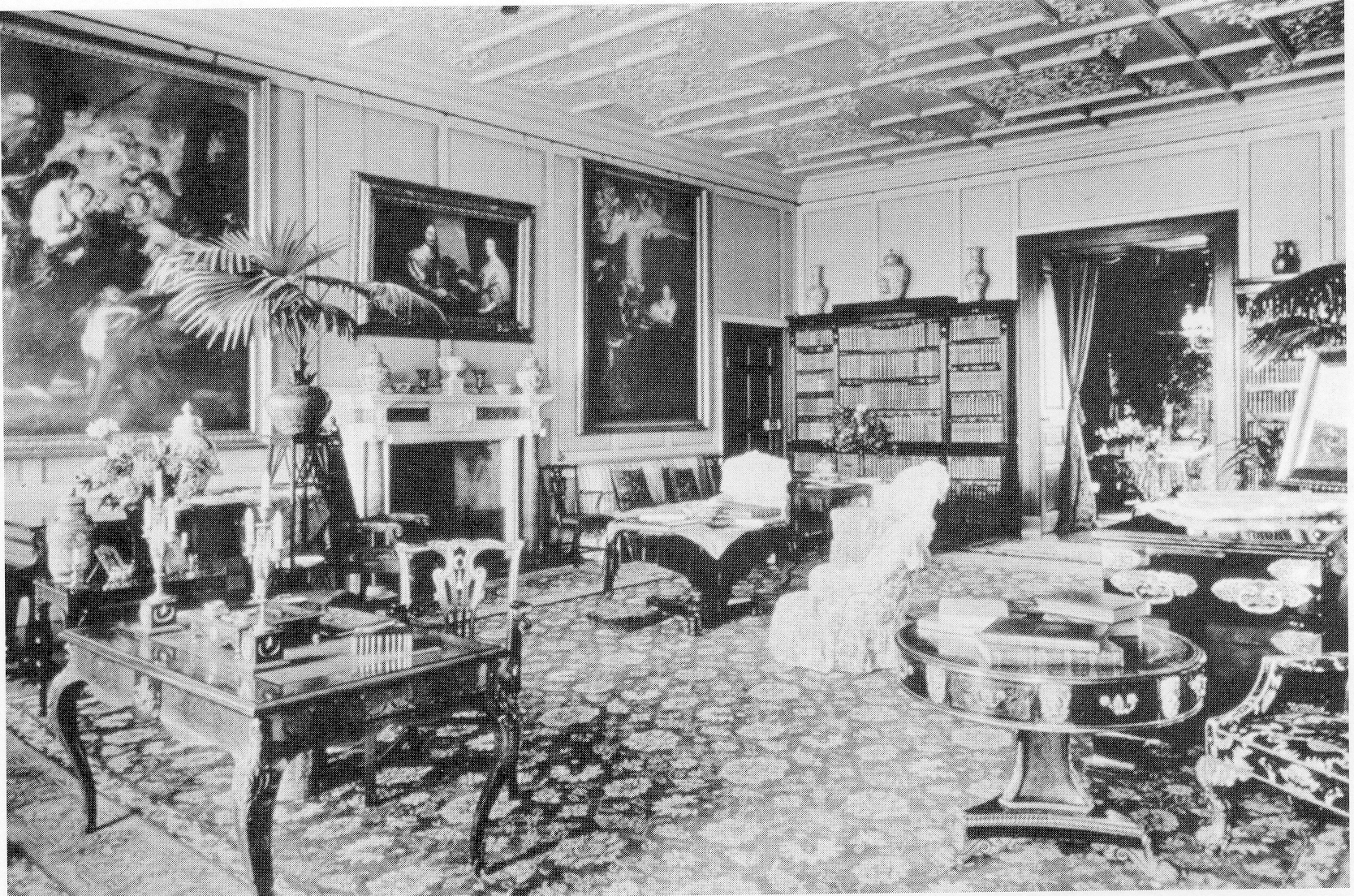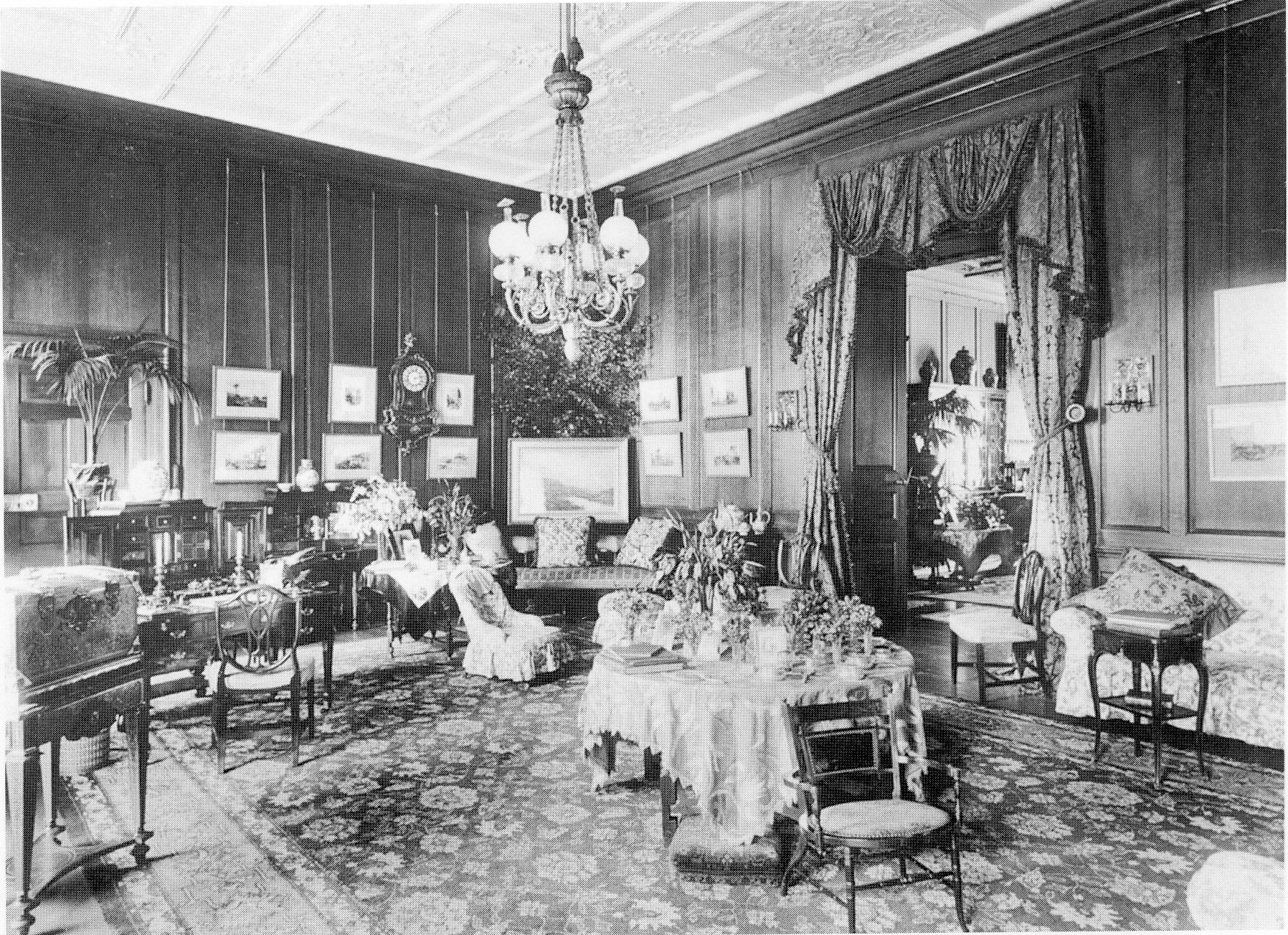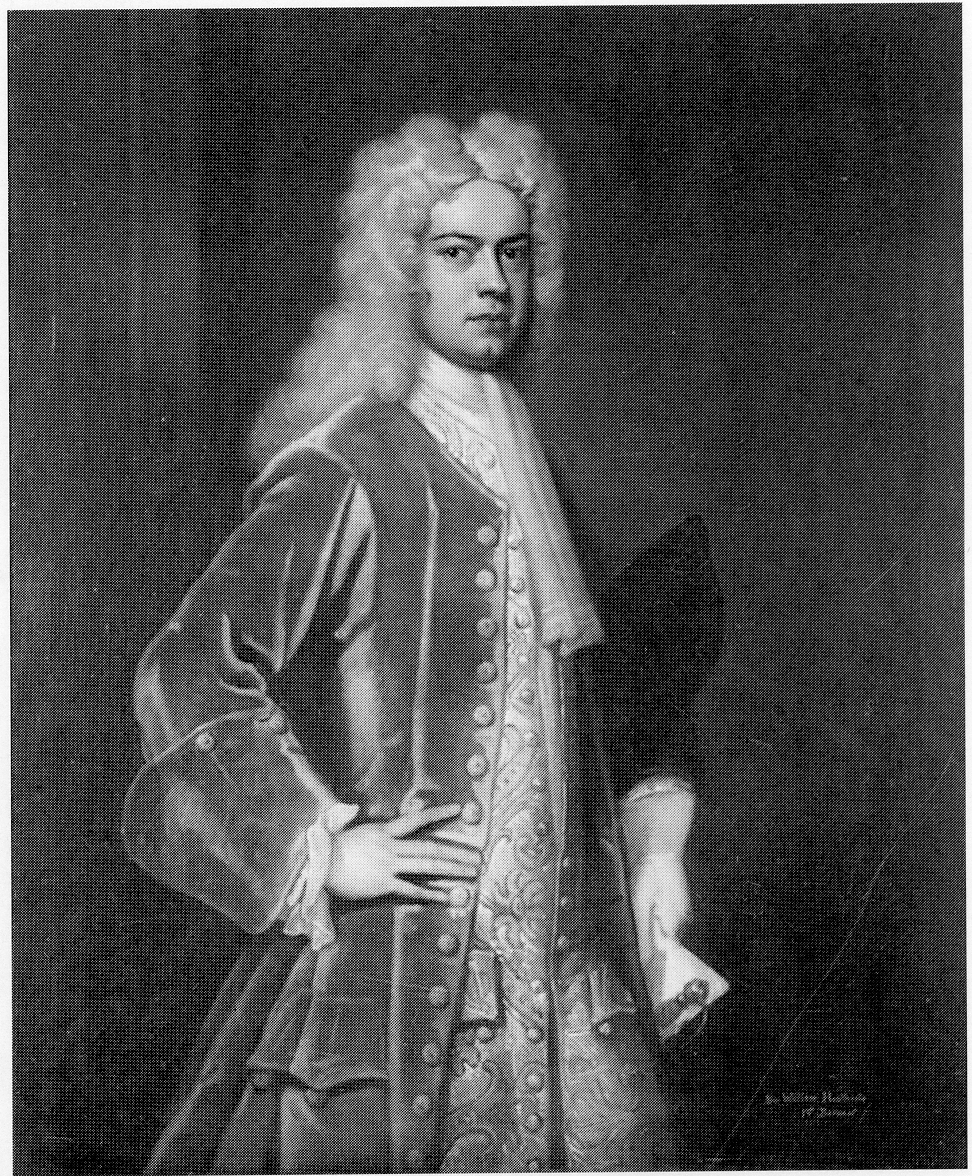Hursley Park House 1718 - 1902 (The Heathcote Era)
 The first floor gallery c. 1901
The first floor gallery c. 1901
 North drawing room
North drawing room
 Billard room c. 1900
Billard room c. 1900
 South drawing room
South drawing room
The Heathcotes
The Heathcotes came from Chesterfield in Derbyshire. The family’s considerable fortune was accrued by Sir William Heathcote’s father Samuel, who as a young man was a merchant in Danzig (now Gdansk) and Konisberg (now Kaliningrad) with his brothers. (Samuel’s eldest brother was lord mayor of London in 1711, and was the last lord mayor to ride in procession on horseback.)
After Samuel returned to England, he married and settled in Chesterfield. He became a director of the East India Company and also assisted in work on regulating the coinage of the realm, the ‘gold standard’ - for which his friend John Locke was famous. When Samuel died in 1708, his three surviving sons, Gilbert, William and Samuel inherited his considerable fortune. Gilbert, the eldest son, died of smallpox at the age of 18 after which William (the first baronet of Hursley) seems to have acquired most of his father’s wealth and honours. William appears to have continued in the family mercantile business for a while with his uncles; and in his early twenties, ‘he began to draw home that part of his estate that he had abroad in trade, being fully resolved to leave off trade and to be content Because of the Cromwell family’s poor with this present estate’. When about 27 administration, the manor estate and lodge years of age, William married and in due deteriorated to a low condition; this in turn course had six sons and three daughters. He created a feeling of depression in the village. became MP for Buckingham, and later, in When Sir William Heathcote purchased the 1729, MP for Southampton. To meet his estate in 1718, he was welcomed for change’s obligations and expectations he required a sake, and for the local people the change large house, and Hursley was chosen because proved to be beneficial. of its location and potential.
 Sir William Heathcote, First Baronet
Sir William Heathcote, First Baronet